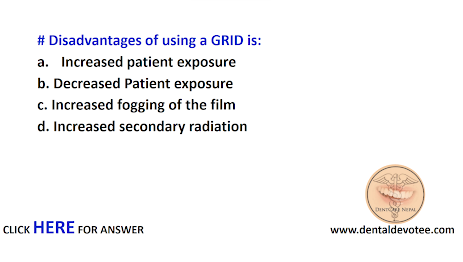# Osteogenesis imperfecta:
a. Is a sex linked disorder of bones that develop in cartilage
b. Manifests with blue sclera which are pathognomonic of this disease
c. May be associated with deafness
d. Has associations with amelogenesis imperfecta
The correct answer is B. Manifests with blue sclera which are pathognomonic of this disease.
A second characteristic clinical feature of osteogenesis imperfecta is the occurrence of pale blue sclerae. The sclerae are abnormally thin, and for this reason the pigmented choroid shows through and produces the bluish color. However, the appearance of blue sclera is not confined to this disease since it may also be seen in osteopetrosis, fetal rickets, Turner syndrome, Paget’s disease, Marfan syndrome, and Ehlers-
Danlos syndrome, as well as in normal infants. While the blue sclerae are a prominent sign in this disease, they are not invariably present. In a series of 42 patients reported by Bauze and his associates, 12 of the patients had white sclerae, and these were generally found in the older patients with the more severe disease and earlier onset of fractures.







